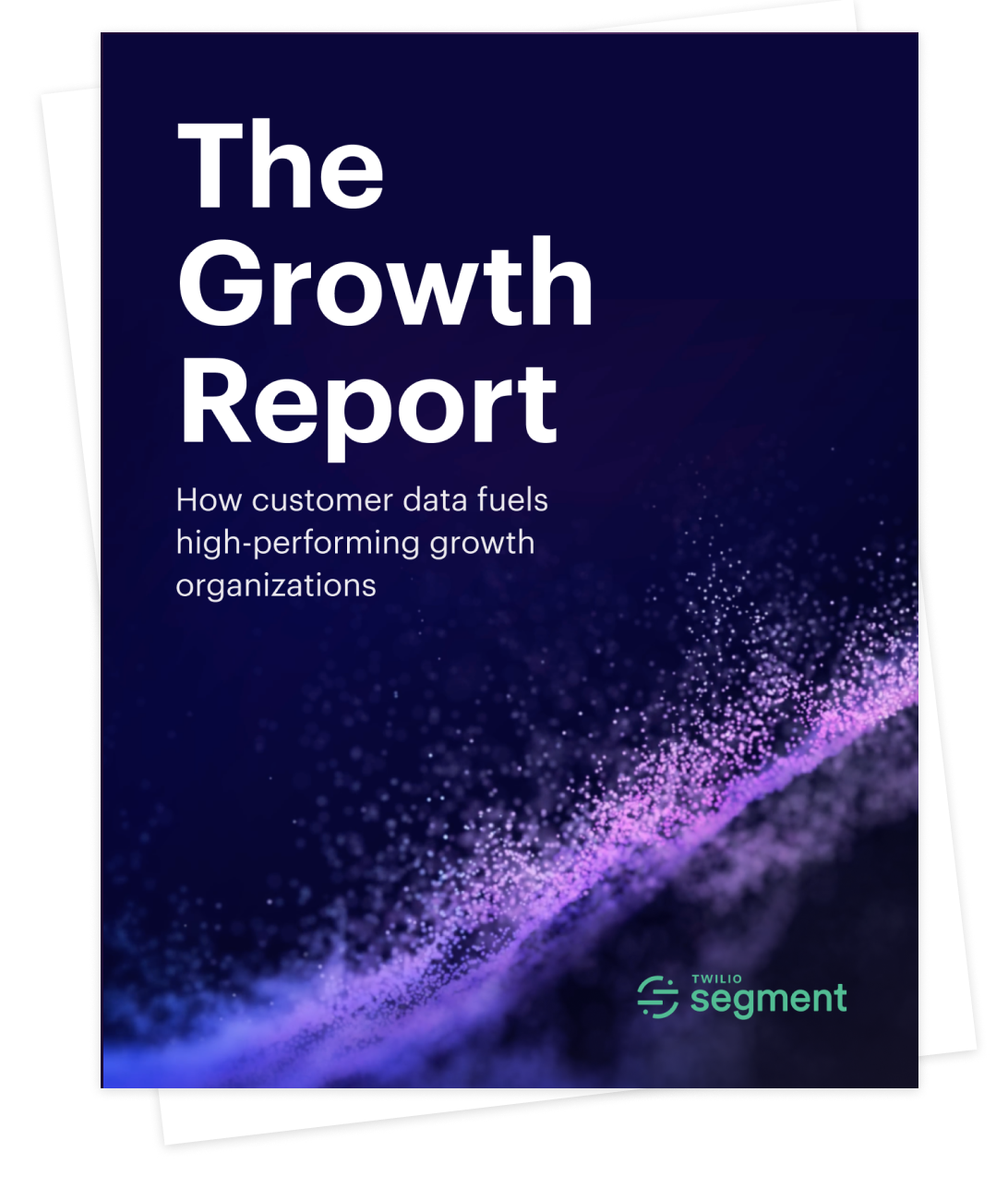Lessons from GitHub's Growth Org: Team Structure, Growth Processes, Tool Stack, and Secrets to Success
GitHub's VP, Growth Thibault Imbert reveals how the company's growth team drives results in an exclusive interview.
GitHub's VP, Growth Thibault Imbert reveals how the company's growth team drives results in an exclusive interview.
To understand how best-in-class companies build and operate their growth organizations, Twilio Segment recently launched The Growth Report, a series of interviews with the leaders of a dozen high-performing growth teams.
In this blog post, we share a profile of GitHub's growth organization as well as our on-screen interview with Thibault Imbert, VP, Growth at GitHub.
GitHub is used by more than 73 million developers worldwide to build, share, and maintain code across 200 million repositories. Known for its ruthless prioritization and sharp focus, the company’s growth team helped it land 72% of the Fortune 50. The open source platform also caught the eye of Microsoft in 2018, inking an acquisition deal worth $7.5 billion and boosting their momentum with the enterprise market.
We recently sat down with Github's VP, Growth, Thibault Imbert to discuss how GitHub’s growth strategy has been driven by a deep understanding of its users and experimentation. Here’s an inside look at how they structure and operate their growth team.
In Thibault Imbert’s opinion, the cornerstone of any growth strategy is cross-functional collaboration. That’s why GitHub uses a team-based organizational structure made up of product managers, engineers, data analysts, and designers.
Following a remote-first and remote-friendly policy from the beginning, GitHub has team members distributed across the globe — a setup that’s worked to their benefit. Not only has it created a culture of “over-communication” via Slack and monthly business meetings, but it’s also given GitHub the advantage of having a unique set of perspectives to create more well-rounded experiments and customer experiences.
Experimentation is critical to how GitHub grows. Here’s a high-level look at their process for conducting tests.
GitHub’s growth strategy starts with reverse engineering. The first step is to clarify the end goal. What are we working toward? How are we measuring success? These answers should come from conversations with leadership and be clearly communicated to all team members. As Thibault Imbert noted, “If you asked anyone [at GitHub], what does the growth team do? They would tell you it’s about revenue.” Or more specifically, maximizing self-serve revenue.
The next step is to look at the data. For GitHub, this means analyzing metrics like annual recurring revenue, conversions (upgrades vs. net new members), customer engagement, churn, and so on. Think of it as a state of affairs check, to determine what’s working and what isn’t.
This research phase is a crucial part of GitHub’s strategy (with their team often conducting user research for one month before rolling out an experiment). While all experiments start with a “what if…?” they should never stand on a gut feeling alone. The rationale for every experiment should go back to the data.
Once you determine the KPI for your goal, it’s time to focus on tactics. At GitHub, A/B testing is essential. As Thibault Imbert put it, “A/B testing is the only way to prove causation,” and show which changes moved the needle for the business.
The final step is to communicate results internally. GitHub regularly provides updates via Slack, and holds monthly business reviews to share learnings and the strategy ahead. The goal is to have an open conversation where anyone can share ideas while keeping leadership in the loop on key findings.

When it comes to growth, everything begins with the customer. There needs to be a mix of quantitative and qualitative analysis. It’s not just about pinning down engagement rates, but asking customers for their opinion on your product. This is the type of combined insight that will help make every experience user-centric.
If you’re not using your own product, there’s a disconnect between you and your customers. This is why everyone at GitHub uses GitHub – for that inside-out understanding of how your product works, and how it can get better.
The Twilio Segment 2021 Growth Report reveals key insights about how to build and operate your team for optimal performance. From team structure to growth processes, you’ll learn from companies like HubSpot, Shopify, and Lyft on how to lead your team and company to rapid growth.
To learn from the best in the business, download the report.

Get key insights about how to build and operate your growth team for optimal performance from companies like HubSpot, Shopify, and Lyft.